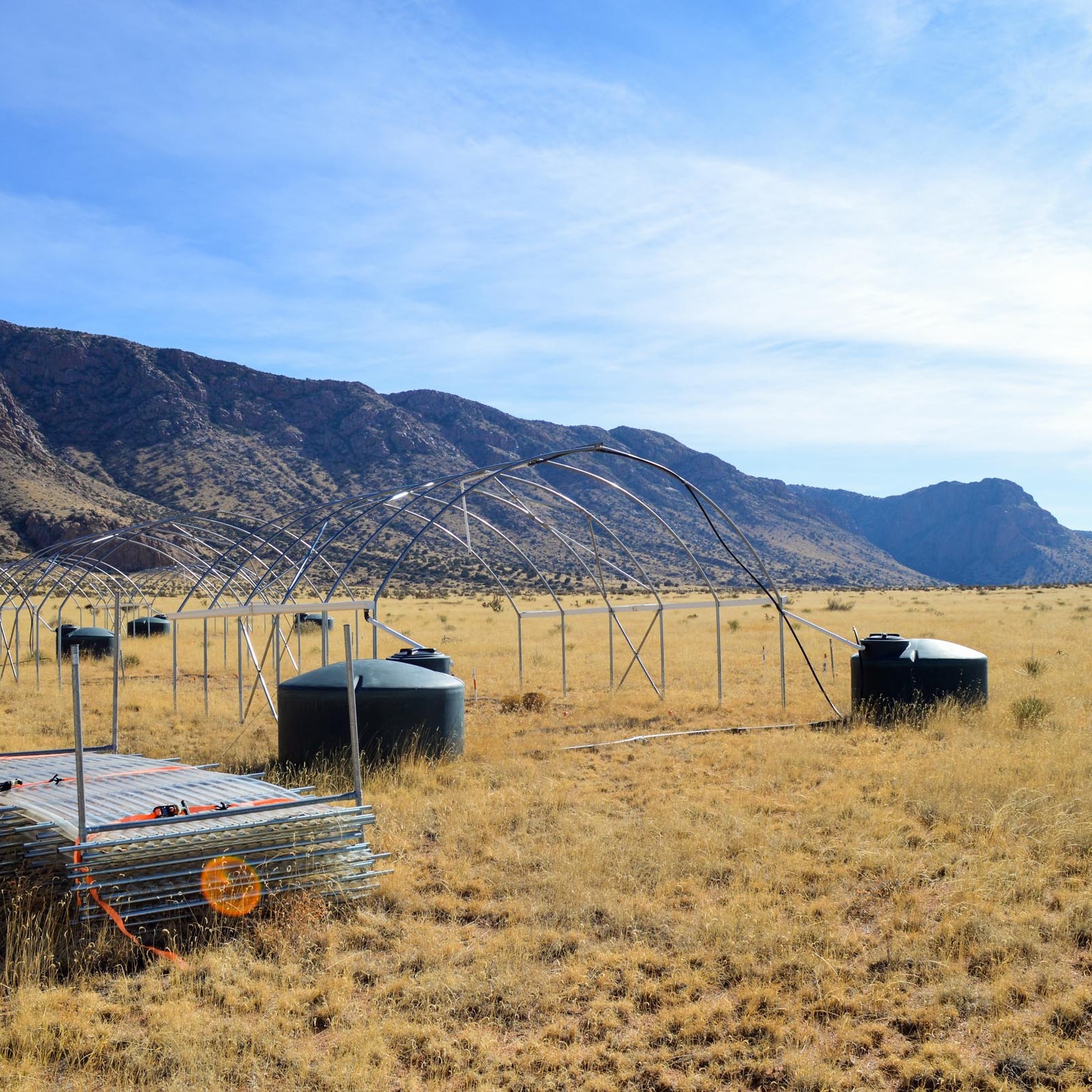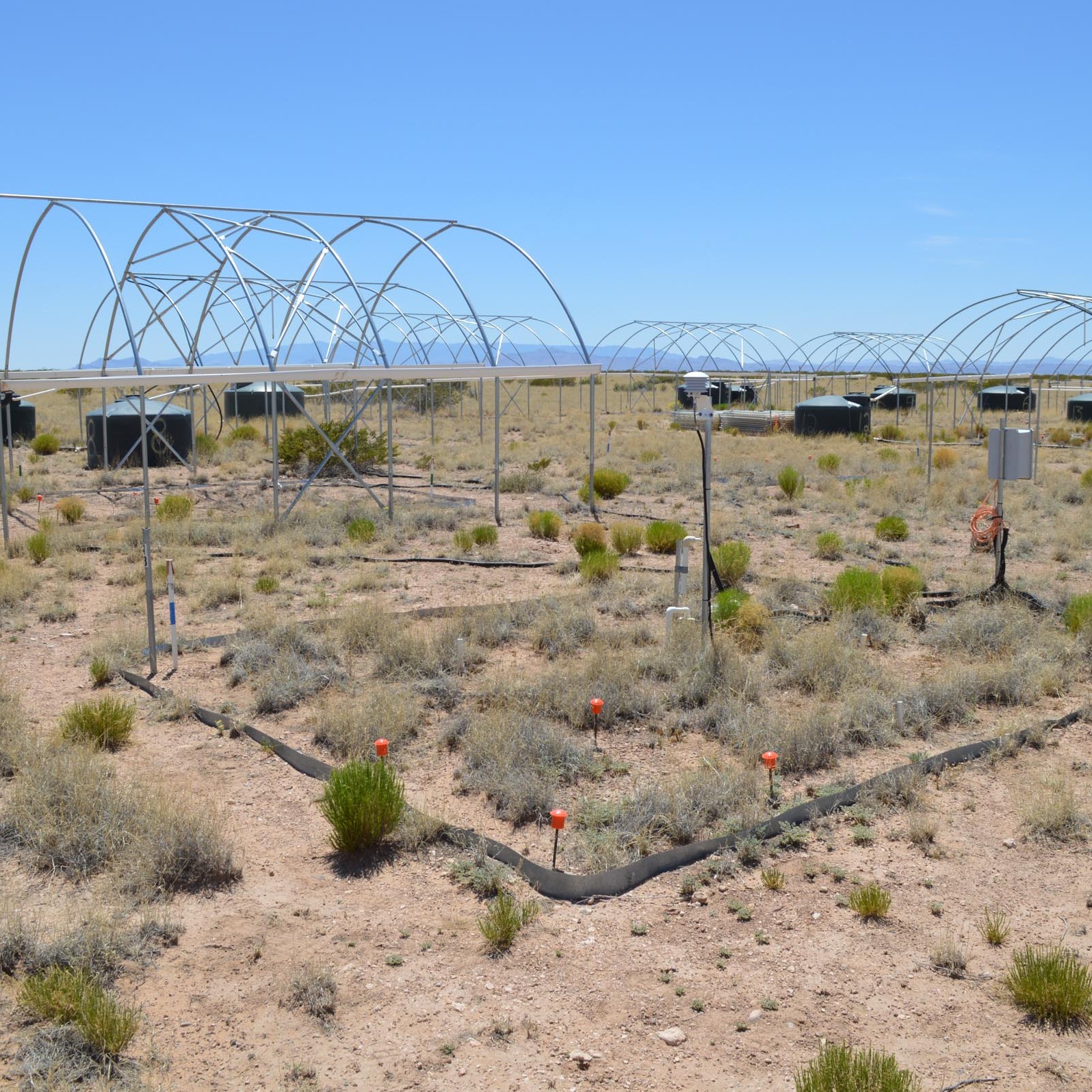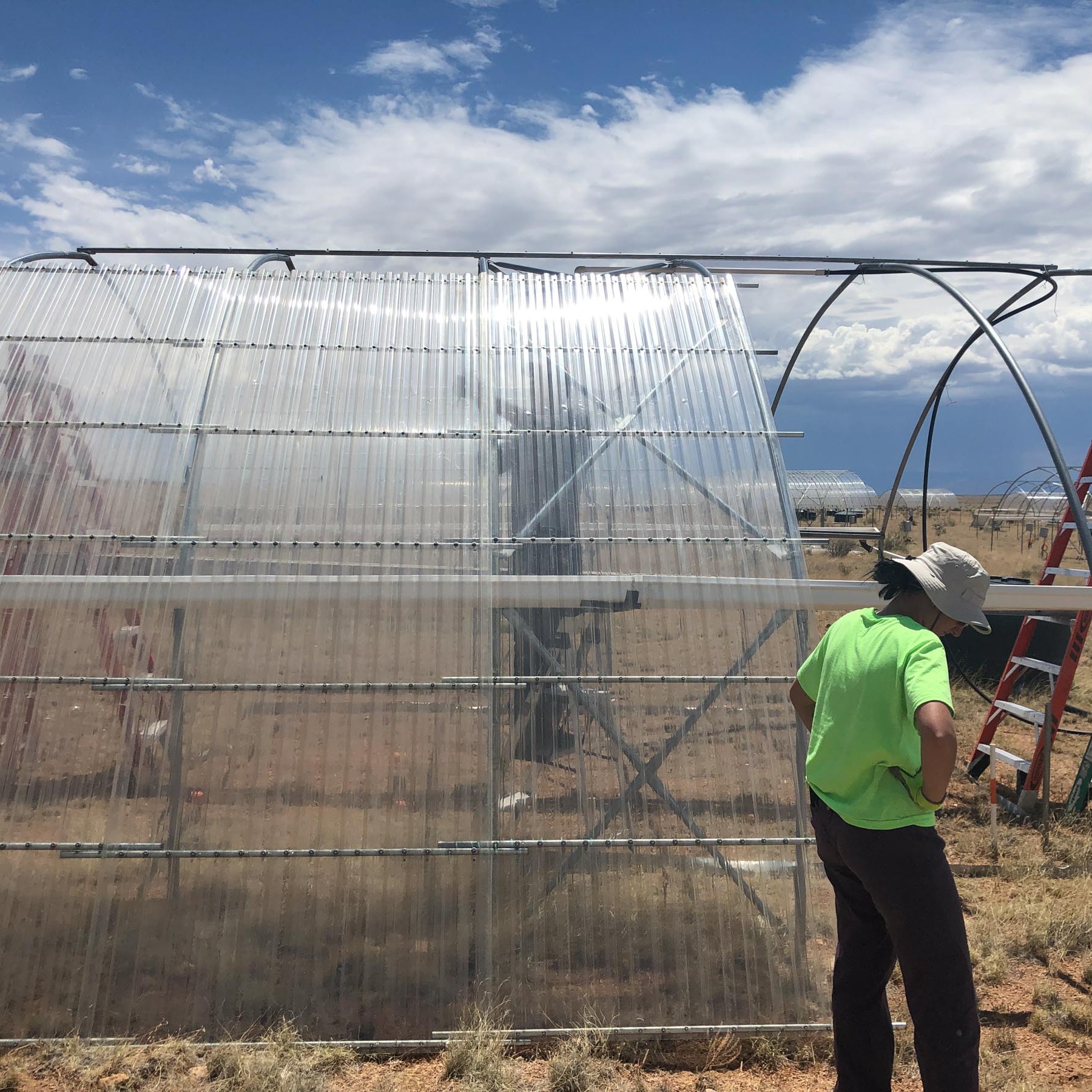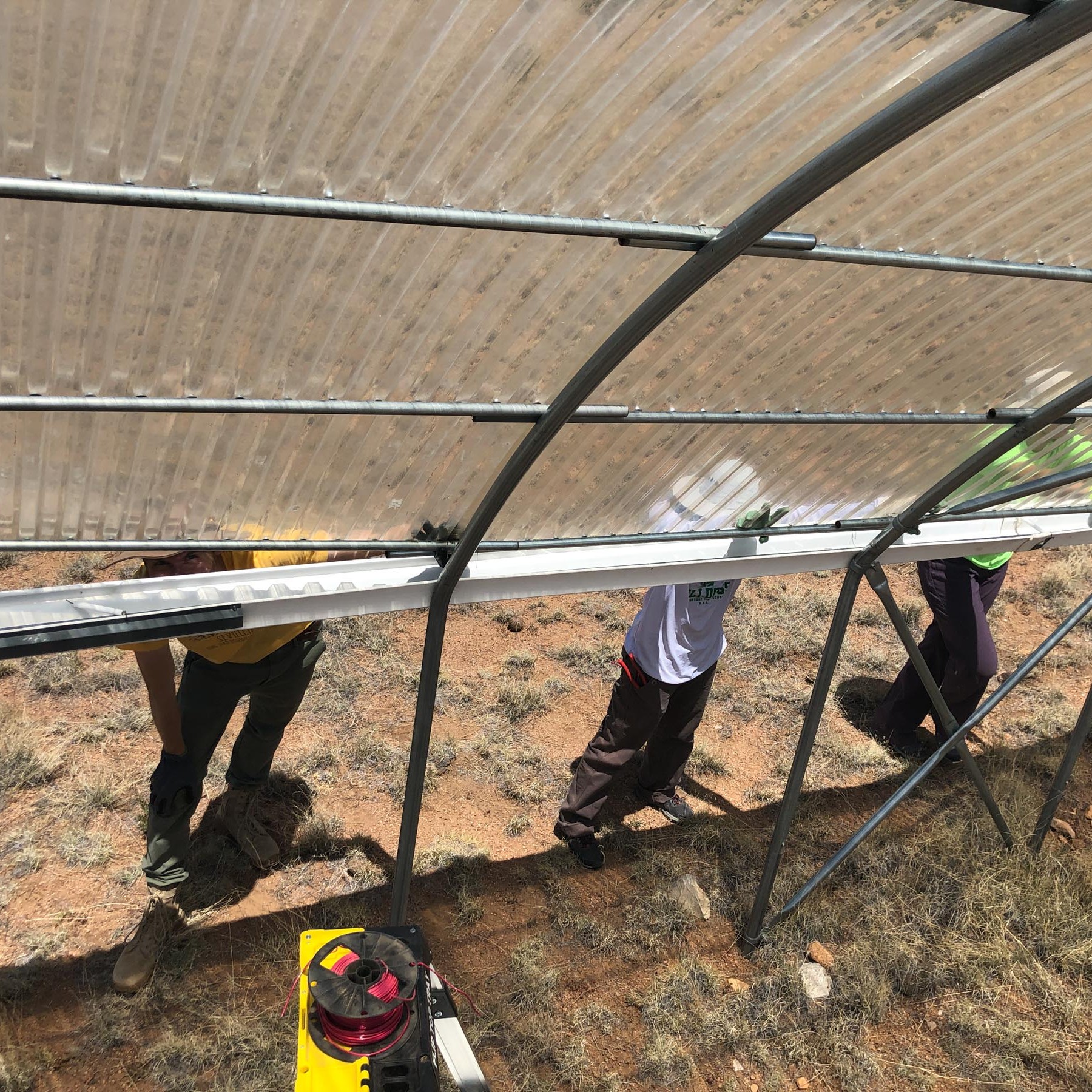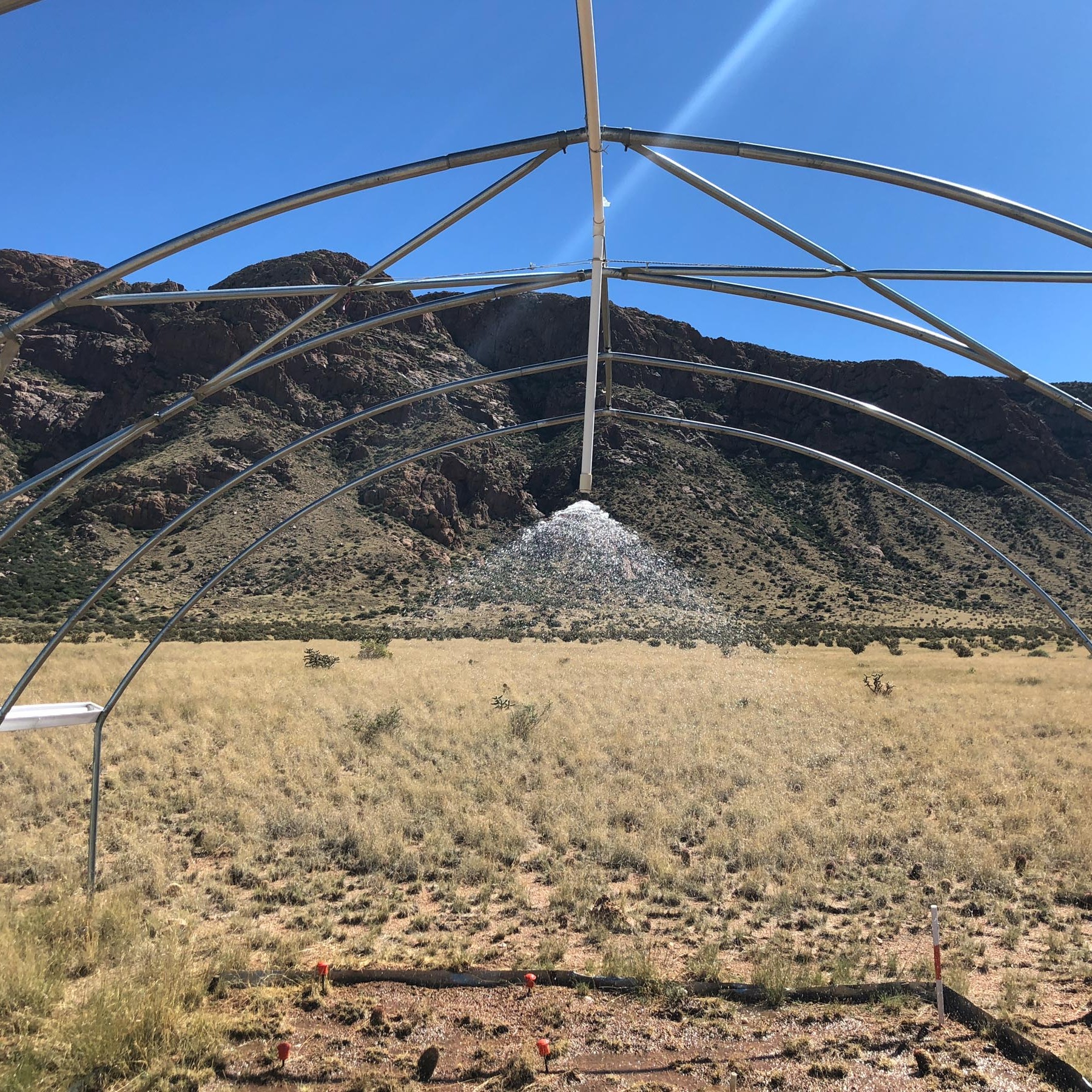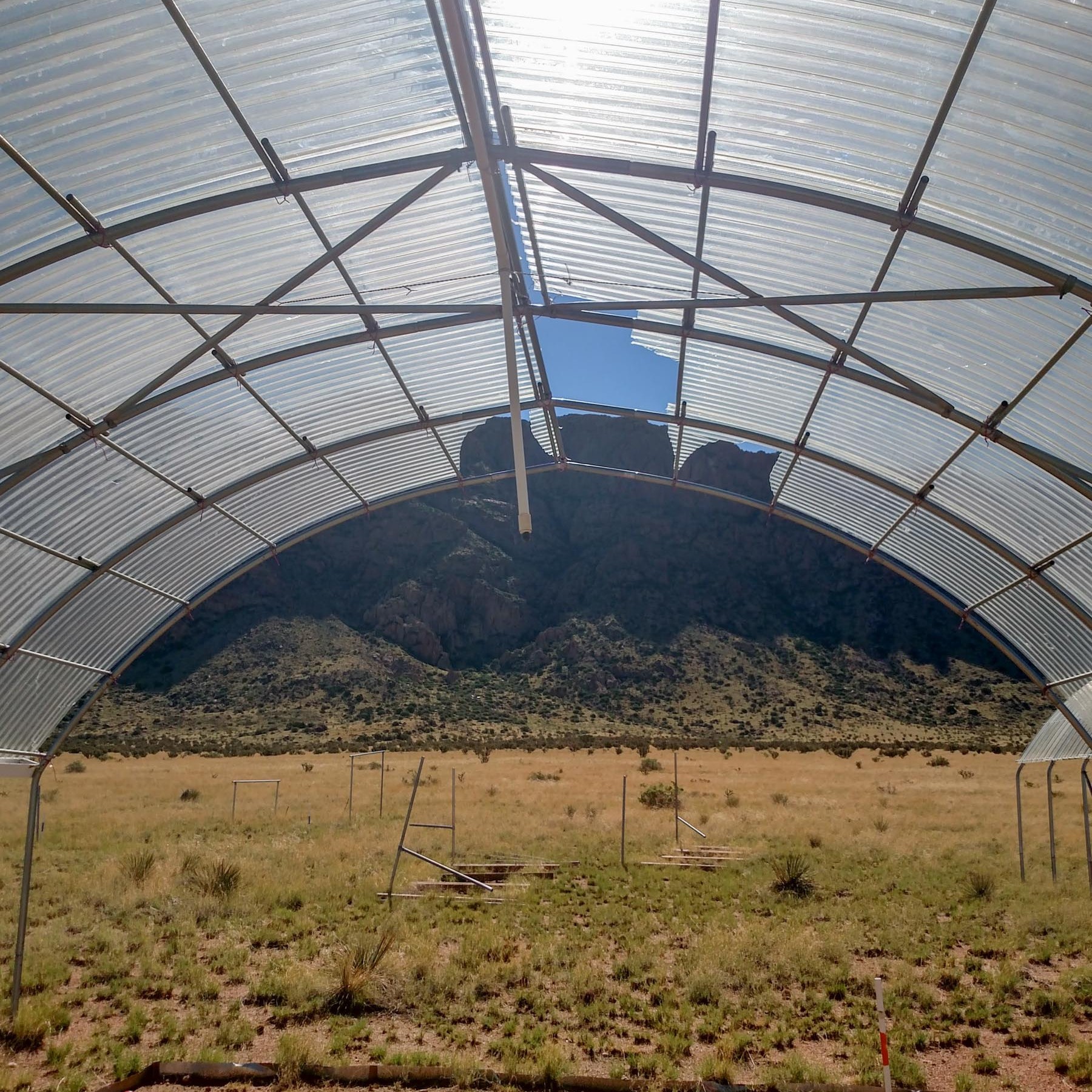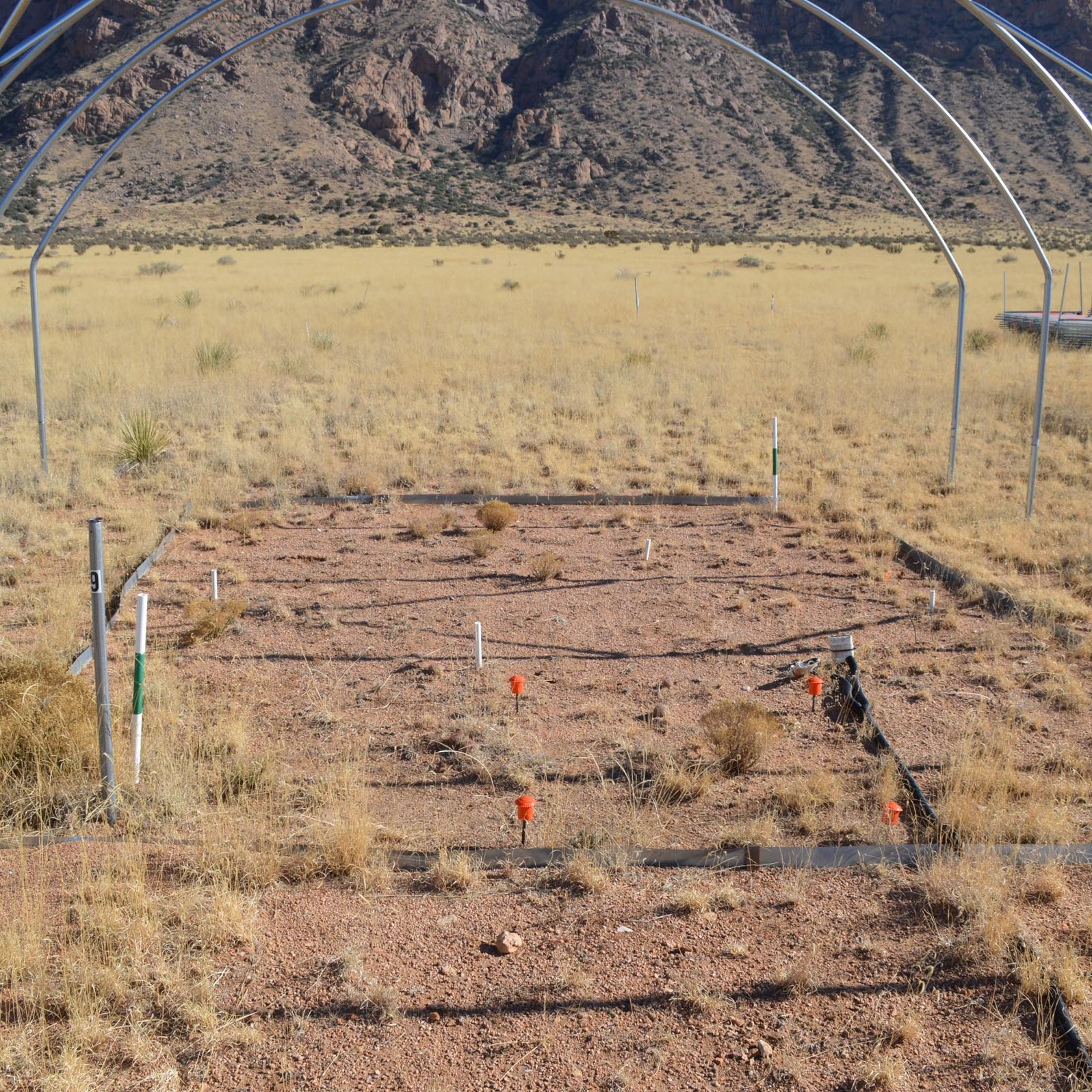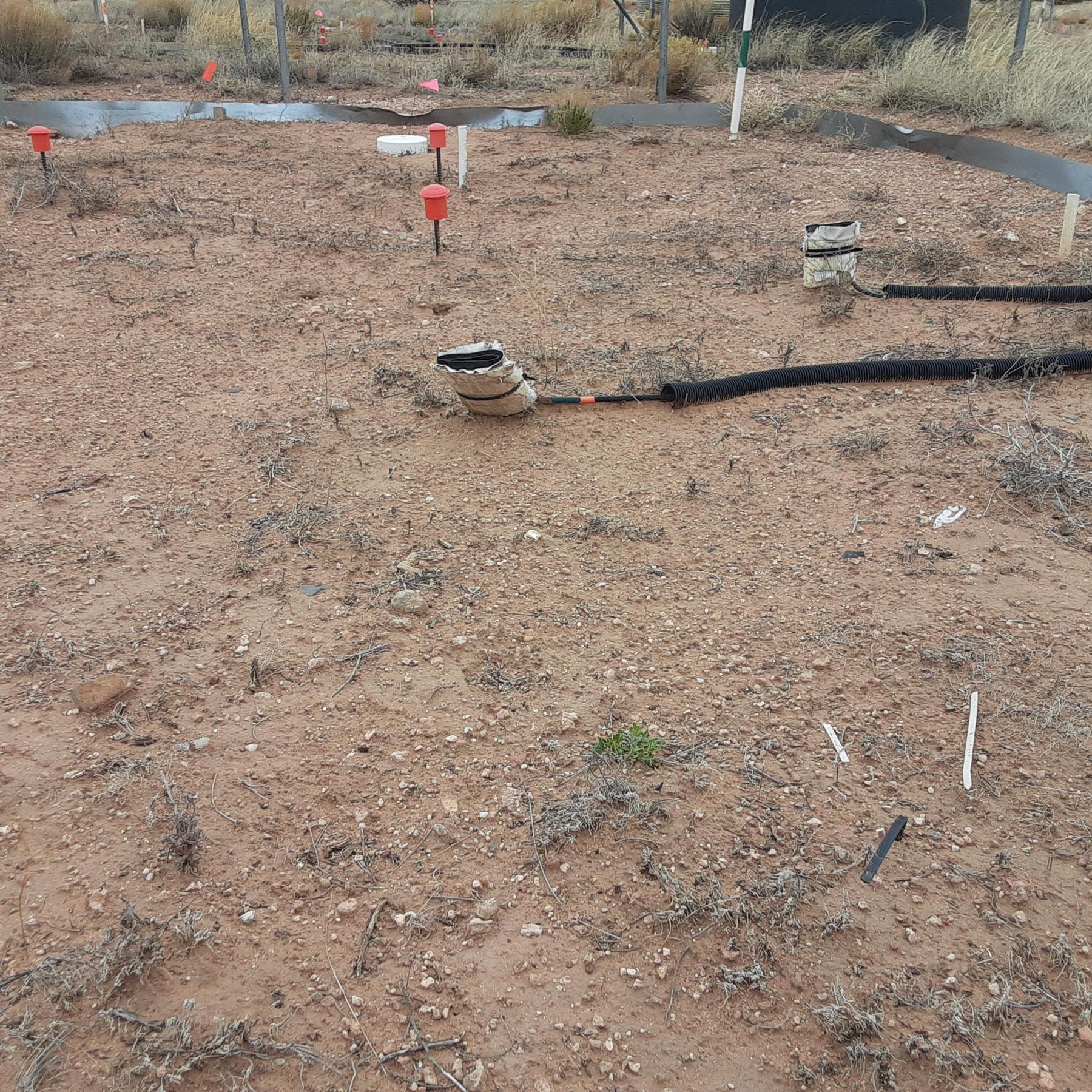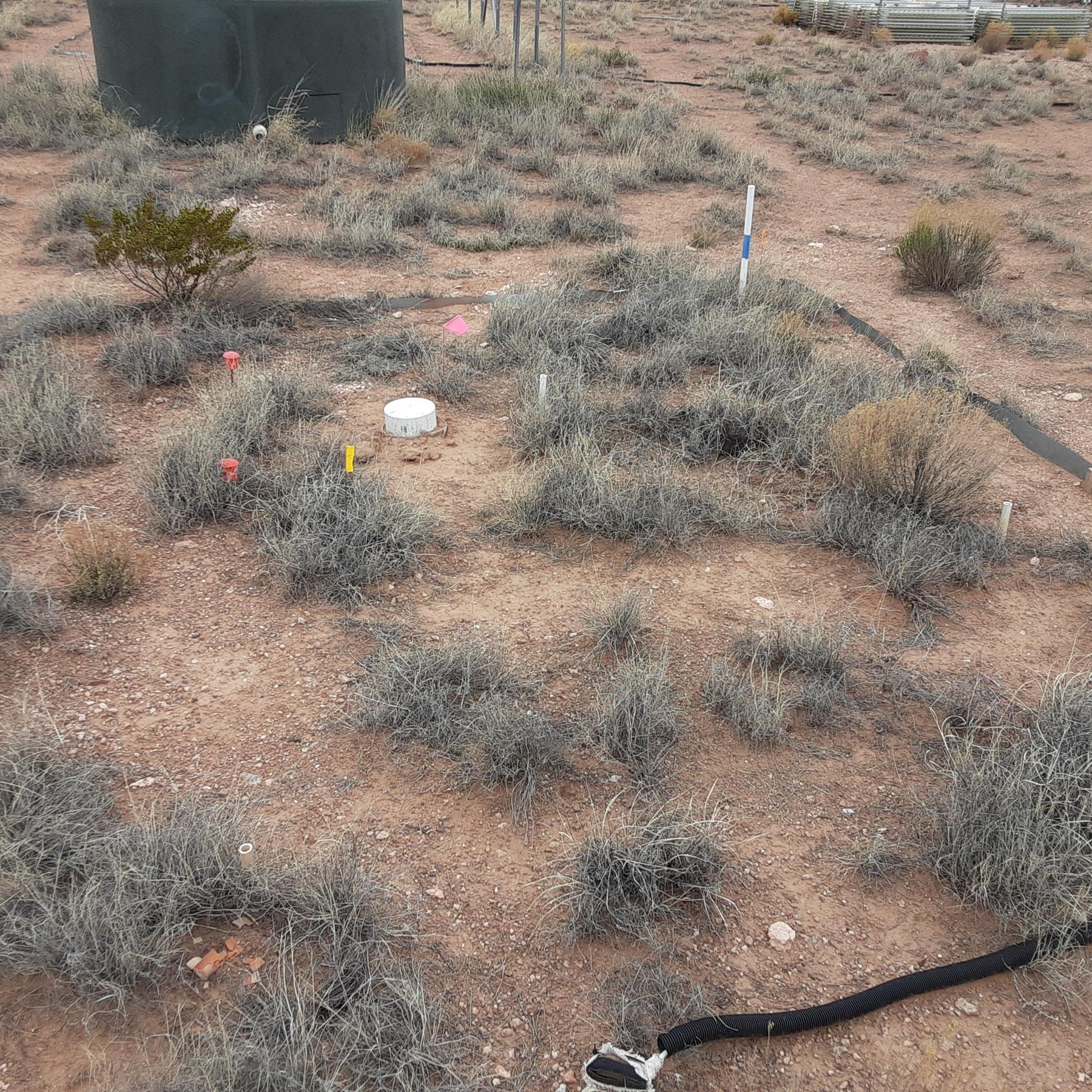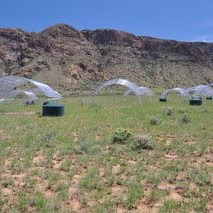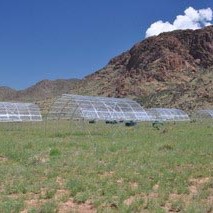Objective:
The Sevilleta Extreme Drought in Grasslands Experiment (SEV EDGE) examines the consequences of chronic drought and changes in precipitation seasonality on biodiversity and ecosystem services in both blue grama-dominated Plains grassland and black grama-dominated Chihuahuan Desert grassland ecosystems. The central question for EDGE is, How do community reordering and associated ecosystem functions recover from extreme drought? EDGE is a research platform that advances our understanding of patterns and mechanisms of ecosystem sensitivity to climate change, but it also benefits the broader scientific community by creating room for additional experiments and observations. With funding from the NSF Macrosystems Biology Program, EDGE initially was a geographically distributed field experiment established at six sites across NM, CO, WY, and KS. The two EDGE sites in the Sevilleta National Wildlife Refuge (SEV EDGE) are the hottest and driest in this distributed experiment. Ongoing operational support for SEV EDGE is now provided by the NSF LTREB program and LTER.
Regional climate predictions for the southwestern USA are dire – the probability of decadal droughts is nearly 100% by the end of the century (Cook et al. 2015). In addition, models predict less precipitation in July and August and more in September and October resulting in an extended period of aridity between spring rains and the start of the summer monsoon (Cook & Seager 2013). These predicted changes in precipitation amount and seasonality could have significant consequences for community reordering and ecosystem processes.
Novelty:
Although drought manipulations are common globally, few studies push systems beyond historical extremes, and fewer still impose the same treatment levels across different ecosystems and geographic locations. In addition, long-term experiments that address changes in precipitation seasonality are rare.
Design:
We manipulate rainfall amount and timing using a randomized block design with a total of thirty 3 x 4 m plots in each grassland ecosystem. Control plots (n=10) receive only ambient precipitation. Two rainfall treatments (n=10 each) are applied each year during the growing season: (1) rainout shelters (Yahdjian & Sala 2002) that remove 66% of growing season precipitation from April through mid-September, and (2) rainout shelters that capture and remove all precipitation in July and August and then reapply rain to the plots in September and October, using overhead sprinklers. This treatment extends the hyperarid period between spring and summer rains, effectively delaying the summer monsoon by two months.
Responses:
All EDGE replicates are instrumented with soil moisture, and soil and air temperature probes, and three replicates of each treatment at each site have soil CO2 probes. Soil CO2 concentration is measured at 15 min intervals with Vaisala CARBOCAP CO2 sensors (GMM222, Vaisala, Helsinki, Finland) placed at three depths (2, 8, and 16 cm). We calculate soil respiration using the flux-gradient method (Vargas et al. 2010). Aboveground net primary production (NPP) and plant species composition are now measured in two permanently located 1-m2 quadrats in spring and fall each year. Belowground NPP has been measured periodically in 5 replicates of each treatment with 5 cm diameter by 20 cm deep root in-growth bags during the monsoon season. Permanent root in-growth donuts were installed in 2020 to measure belowground NPP from 0-30 cm depth in the soil.The drought treatment ended in 2020, and those plots are now recovering from drought. The delay treatment is ongoing.
Supporting Documents:
Extreme Drought in Grassland Ecosystems (EDGE) Seasonal Biomass and Seasonal and Annual NPP Data at the Sevilleta National Wildlife Refuge, New Mexico. https://portal.edirepository.org/nis/mapbrowse?scope=knb-lter-sev&identifier=298
Cook, B. I., T. R. Ault, and J. E. Smerdon. 2015. Unprecedented 21st century drought risk in the American Southwest and Central Plains. Science Advances 1:e1400082–e1400082. https://doi.org/10.1126/sciadv.1400082
Cook, B. I., and R. Seager. 2013. The response of the North American Monsoon to increased greenhouse gas forcing. Journal of Geophysical Research: Atmospheres 118. https://doi.org/10.1002/jgrd.50111
Fernandes, V. M. C., N. M. Machado de Lima, D. Roush, J. A. Rudgers, S. L. Collins, and F. Garcia-Pichel. 2018. Exposure to predicted precipitation patterns decreases population size and alters community structure of cyanobacteria in biological soil crusts from the Chihuahuan Desert. Environmental Microbiology 20:259–269. https://doi.org/10.1126/sciadv.1400082
Griffin-Nolan, R.J., D.M. Blumenthal, S.L. Collins, T.E. Farcas, A.M. Hoffman, K.E. Mueller, T.W. Ocheltree, M.D. Smith, K.D. Whitney and A.K. Knapp. 2019. Shifts in plant functional composition following long-term drought in grasslands. Journal of Ecology 107: 2133–2148. https://doi.org/10.1111/1365-2745.13252
Lagueux, D., A. Jumpponen, A. Porras-Alfaro, J. Herrera, Y.A. Chung, L.A. Baur, M.D. Smith, A.K. Knapp, S.L. Collins and J.A. Rudgers. 2021. Experimental drought re-ordered assemblages of root-associated fungi across North American grasslands. Journal of Ecology 109: 776-792. https://doi.org/10.1111/1365-2745.13505
Ochoa-Hueso, R., S.L. Collins, M. Delgado-Baquerizo, K. Hamonts, W.T. Pockman, R.L. Sinsabaugh, M.D. Smith, A.K. Knapp and S.A. Power. 2018. Drought consistently alters the composition of soil fungal and bacterial communities in grasslands from two continents. Global Change Biology 24: 2818–2827. https://doi.org/10.1111/gcb.14113
Shi, Z., M. L. Thomey, W. Mowll, M. Litvak, N. A. Brunsell, S. L. Collins, W. T. Pockman, M. D. Smith, A. K. Knapp, and Y. Luo. 2014. Differential effects of extreme drought on production and respiration: synthesis and modeling analysis. Biogeosciences 11:621–633. https://doi.org/10.5194/bg-11-621-2014
Yahdjian, L., Sala, O.E. A rainout shelter design for intercepting different amounts of rainfall. Oecologia 133, 95–101 (2002). https://doi.org/10.1007/s00442-002-1024-3

